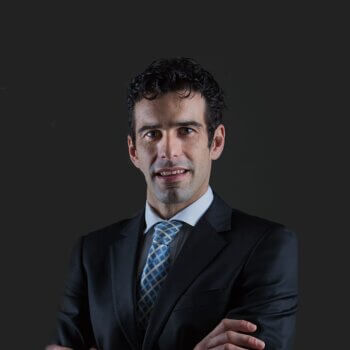I recently spent three weeks traveling around Southeast Asia for the first time in my adult life. I even got the chance to work with Landor’s Singapore and Hanoi offices. Because I’m the type of person who never takes off her branding goggles, I thought I’d share some of my observations about the region. During my trip, I visited Cambodia, Thailand, Vietnam, and Singapore.
Although geographically close, each country was unique. I went from riding a tuk tuk on a Cambodian street full of motorbikes to speeding by skyscrapers on a highway in Bangkok. Branding is also different in each of these countries. Marketers need to recognize the nuances among branding and culture and heed the following five tips in order to succeed internationally.
1. Consider each country’s familiarity with international brands. In Siem Reap, Cambodia, my friends and I spotted only one international chain: Costa Coffee from the United Kingdom. In Singapore, not only did I feel confident that I would find every brand I enjoy in New York, including Bob’s Red Mill Organic Steel Cut Oats, but I also felt confident finding products from Waitrose, the high-end British grocery retailer. Introducing an international brand into a country less experienced with foreign brands may be more difficult than it is in countries more familiar with international brands.
2. Speak their language. Even language is unique to each country. As someone who likes to study the relationships between European languages, I was hopelessly lost in Asia. Not only was there a different language in every country, but the alphabets changed as well. I found that my native understanding of Vietnamese got me nowhere outside of Vietnam. You didn’t have the “I’m fluent in Spanish, so I can kind of understand Portuguese and Italian” effect. That’s an example of why one messaging strategy could work in Vietnam but utterly fail in Thailand. Consider the translation cost required to expand into another country as well as the language employees will need before entering a new market.
3. Take culture into consideration. As emphasized earlier, Southeast Asia is composed of many distinct cultures. International marketers could deal with predominantly Buddhist Laos one day, Muslim-majority Indonesia the next, and end the week with the 80 percent Catholic Philippines. As with language, special consideration of the culture must be taken in each country. McDonald’s is known for its skill in adapting abroad, as evidenced by its regional menus. In Thailand, you will also find Ronald adopting the greeting pose.
4. Be a part of the community. Perhaps one of the most loved international brands I encountered while abroad was Milo, a chocolate and malt beverage powder that is mixed with water and/or milk. Milo is produced by Nestlé and comes from Australia. The people in Landor Singapore love this stuff, so of course it was available in the office along with a selection of teas and other beverages (but who needs those when you can have Milo?). Actually, people all over Singapore love Milo. Not only is Milo available hot or cold at every restaurant, but Milo Dinosaur (where extra dissolved Milo tops a cold Milo drink and forms a peak resembling the spike on a dinosaur) is also on every menu. How did this happen? How was Nestlé able to achieve such fervent devotion with this Australian brand? It became a part of the community. According to its website, Nestlé actively supports community projects and activities that promote nutrition, health, and wellness. Every Singaporean you talk to will remember running to the green Milo van that hands out cold chocolate malt energy drinks. By engaging the community early on, Nestlé was able to gain lifetime customers who still drink Milo out of nostalgia.
5. Don’t underestimate the local competition. In Ho Chi Minh City (or Saigon), Vietnam, I saw The Coffee Bean and Tea Leaf and Trung Nguyên coffee shops on almost every corner (Starbucks isn’t as dominant yet). After speaking to one of the consultants who helped bring The Coffee Bean and Tea Leaf to Vietnam, I learned that local coffee shop Trung Nguyên is a force to be reckoned with. Its website tells a clear and sophisticated brand story, beginning with the company’s start in Buôn Ma Thuột city, Vietnam’s coffee capital, with an initial capital investment of only an old bike. The company grew to national acclaim and is now exported to over 60 countries around the globe, including the United States, Canada, Russia, and England. Trung Nguyên is a brand all about creative energy and it doesn’t hide the fact that its goal is to “dominate domestic markets — conquer the world market.” Any coffee chain would be remiss to not consider it a serious threat, if not the largest threat in Vietnam. Southeast Asia brings a new set of challenges but also many opportunities for long-term success. It’s a fast-growing market and consumers will only become more brand savvy as time goes on. It’s important to invest in each country individually now to have it pay off in the long run.





























